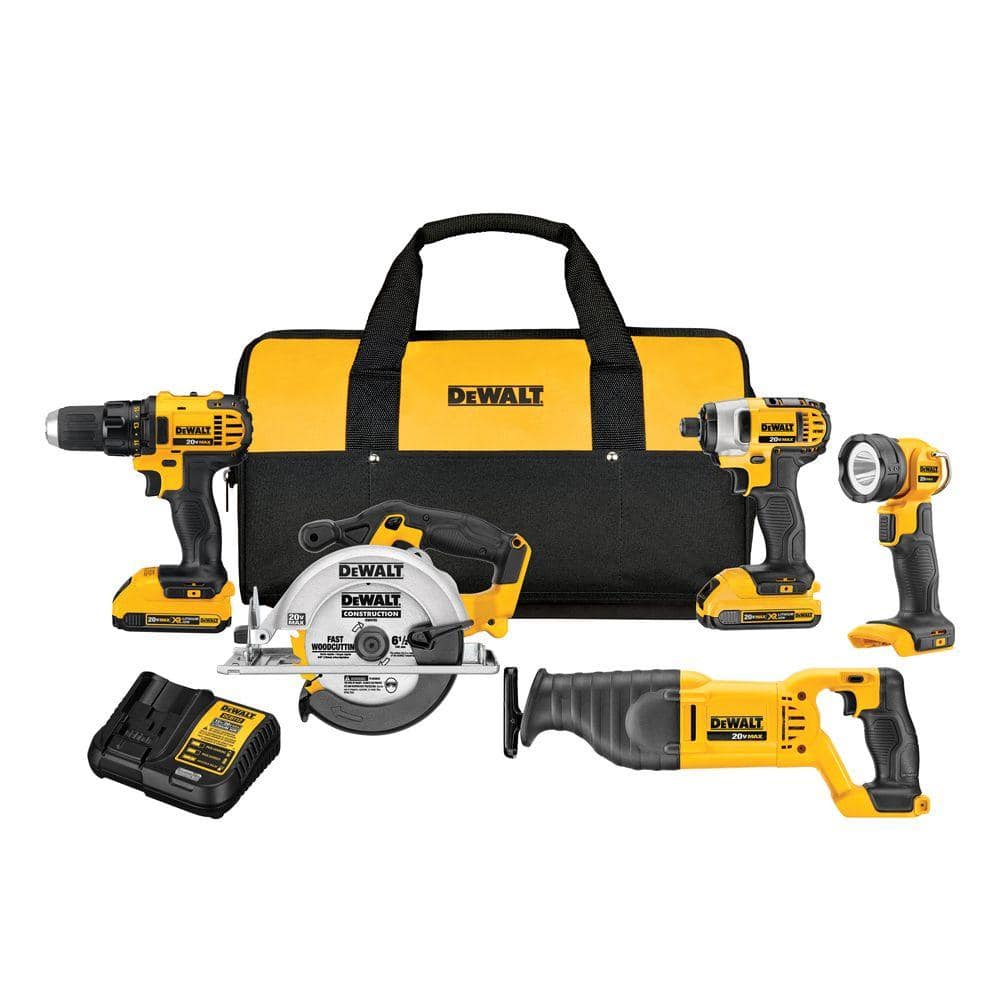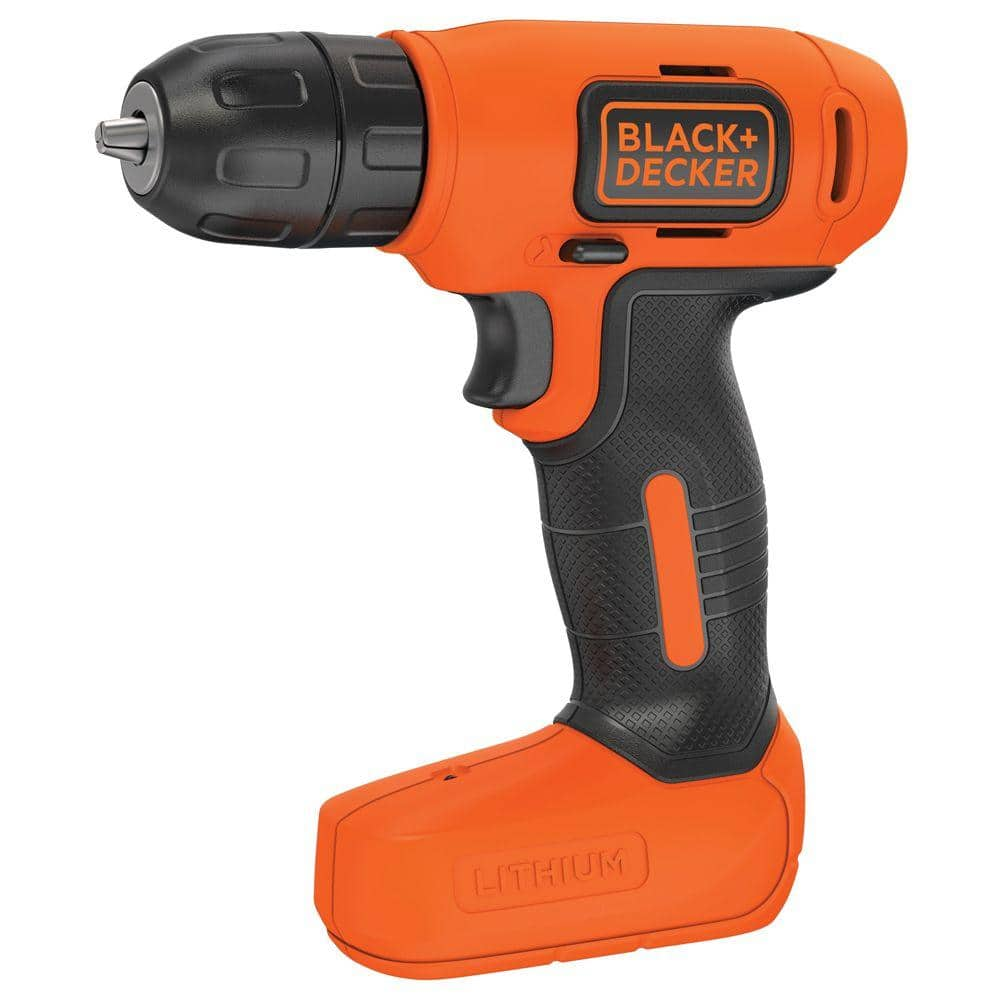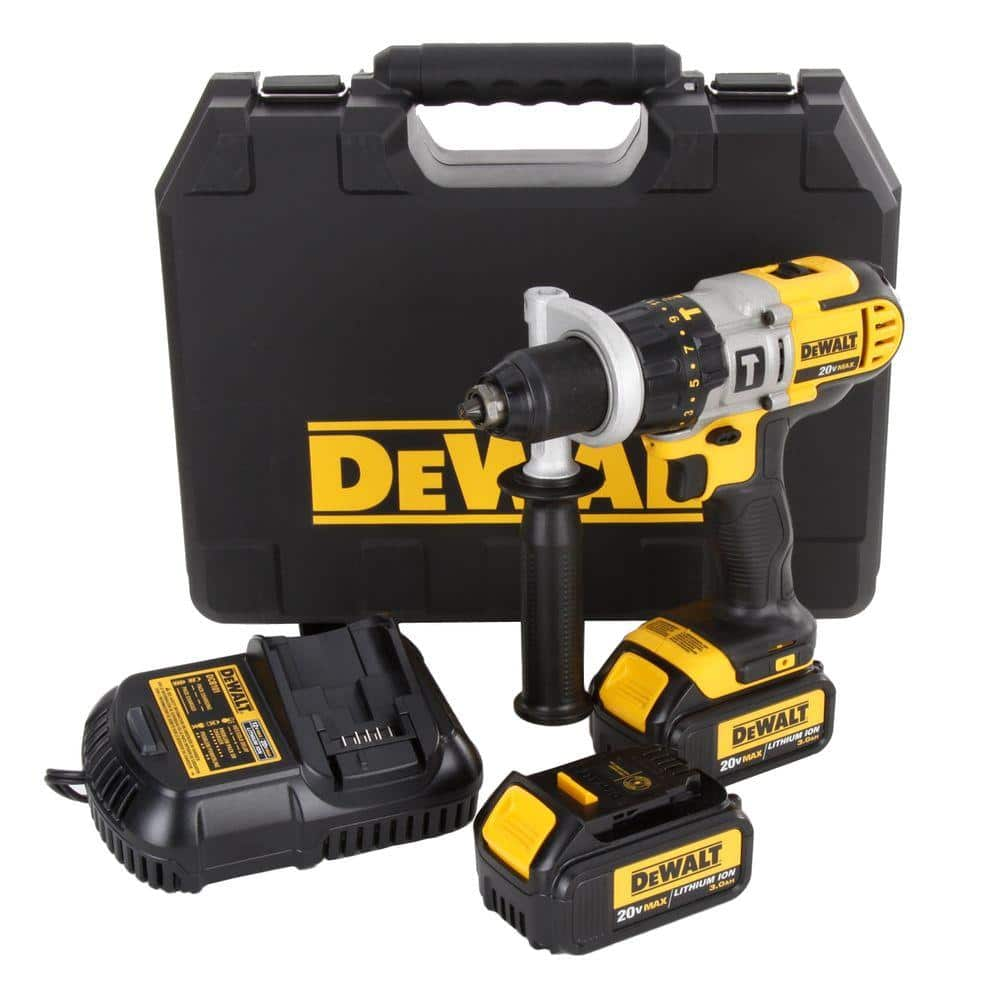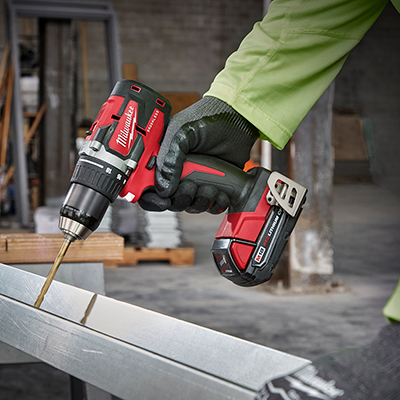Best Corded Drills for Your Project
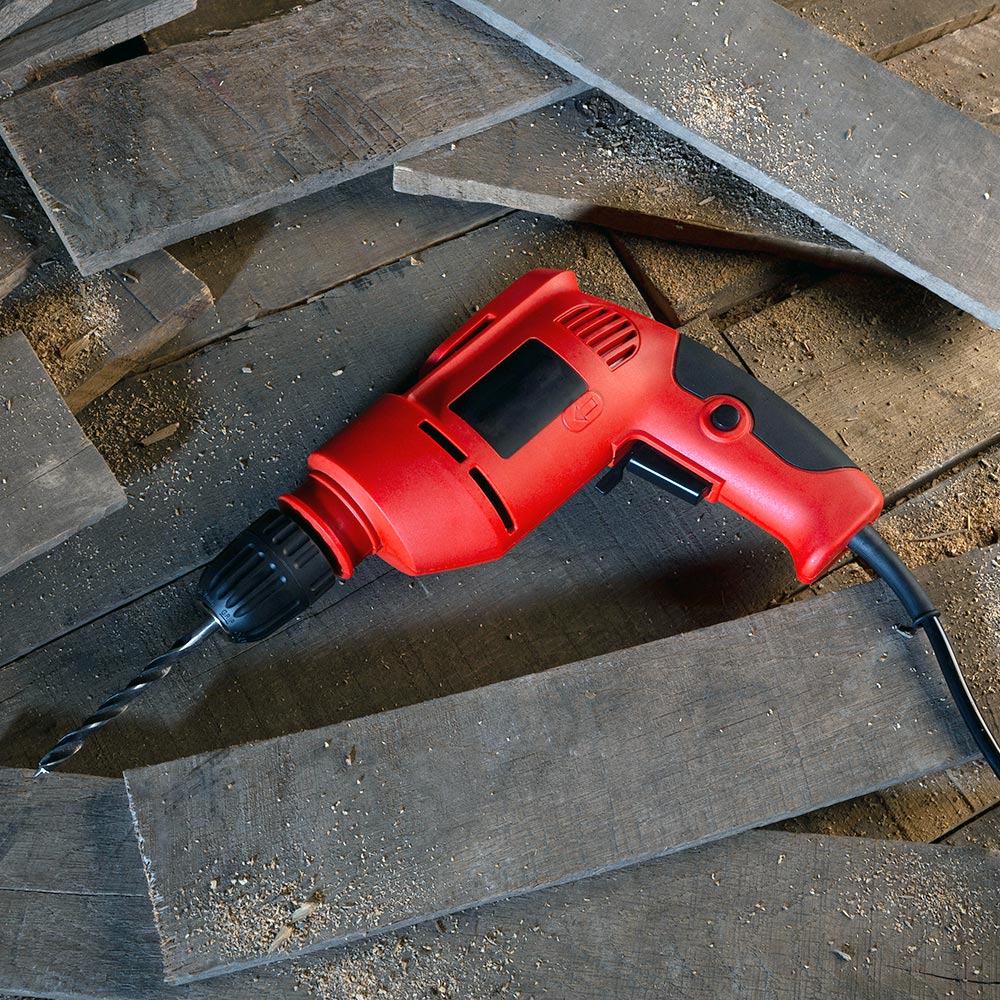
Last updated September 7, 2023
Corded drills can do a wide variety of tasks around your home. Able to drive in screws, drill holes in concrete and even mix paint, a drill is one of the most useful tools in your toolbox. Often more powerful than their cordless counterparts, drills with a cord are useful for any job where you have access to an electrical outlet or power generator. This guide reviews what to look for when deciding which models are the best corded drills for your project.
Table of Contents
Drill Type
Chuck Size
Keyless vs. Keyed Chuck
Brushed vs. Brushless Motor
Maximum Speed
Amperage
Drill Type
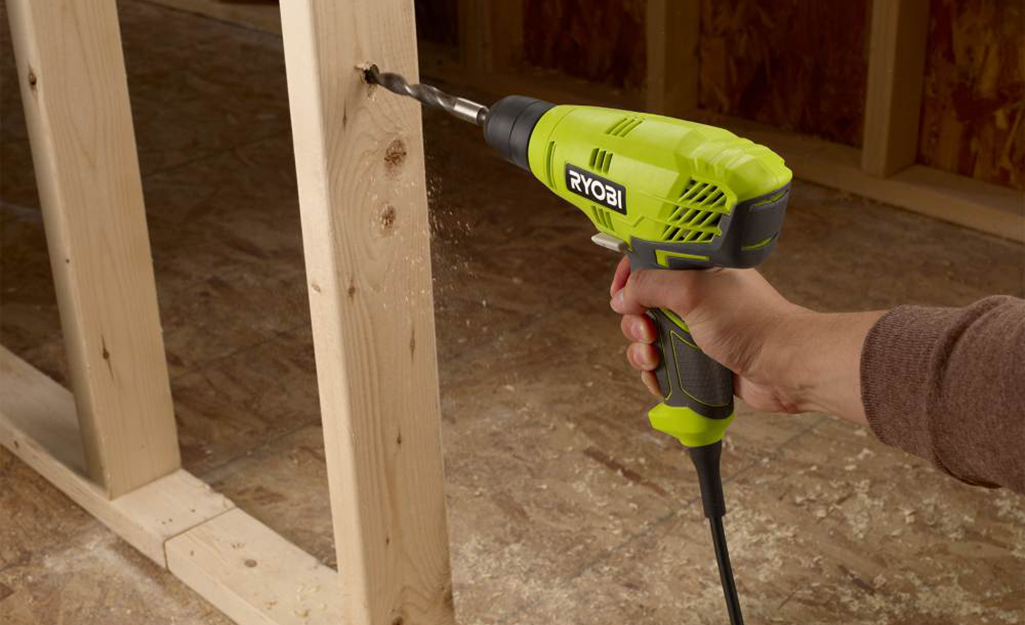
There are a few types of corded drills for you to consider. They include:
- Power drills: Good for drilling holes and driving screws into wood, metal and concrete
- Rotary hammers: Produce rotating and hammering motions to drill through and chisel concrete
- Hammer drills: Pound as they rotate to help you drive holes into masonry more easily
- Screw guns: Quickly drive screws of various sizes into wood and other materials
- Right angle drills: Specially designed for making large holes in wood, concrete, cement, steel and other metals
Tip: To decide which type of drill is right for you, think about what projects you’re most likely to complete. If you only need a tool for a single task, you may wish to rent [https://www.homedepot.com/c/tool_and_truck_rental] a corded drill rather than purchasing one.
Chuck Size

A chuck is the part of a corded drill that holds the bits. Chuck sizes vary from tool to tool. The most common sizes are 1/4 inch, 3/8 inch and 1/2 inch.
For light use, a 1/4-inch chuck may be adequate. If you need a drill for regular use for work or a hobby, you may wish to go up to a 3/8-inch size. The larger 1/2-inch chucks are the most powerful. They’re best for tough jobs and are usually the most expensive options.
If you already have a collection of bits, opting for a new corded drill with the same chuck size will allow you to keep using them.
Safety: When working with any type of corded drill, wear eye protection and hearing protection to protect yourself. Depending on the conditions and your materials, you may also benefit from wearing a dust mask.
Keyless vs. Keyed Chuck
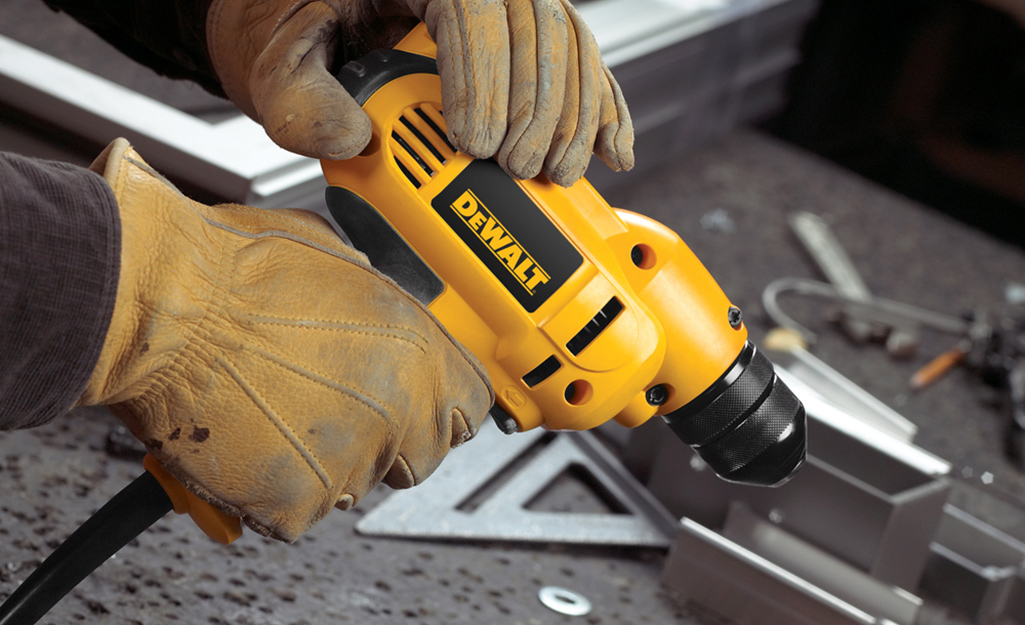
How you change bits in a corded drill chuck varies. Keyed and keyless are the two main types available. With a keyed chuck, you use a tool to unlock the chuck before removing a bit. A keyless chuck lets you add or remove bits without reaching for a tool.
Which type is right for you is a matter of personal preference. Some people like the extra security that the keyed chuck provides. Others value the convenience of a keyless chuck.
Tip: If you see smoke rising from a hole you’re drilling, either your bit is dull or you’re working the drill too hard. Ease up and see if the problem resolves. If not, remove the bit from the chuck and add a new one.
Brushed vs. Brushless Motor
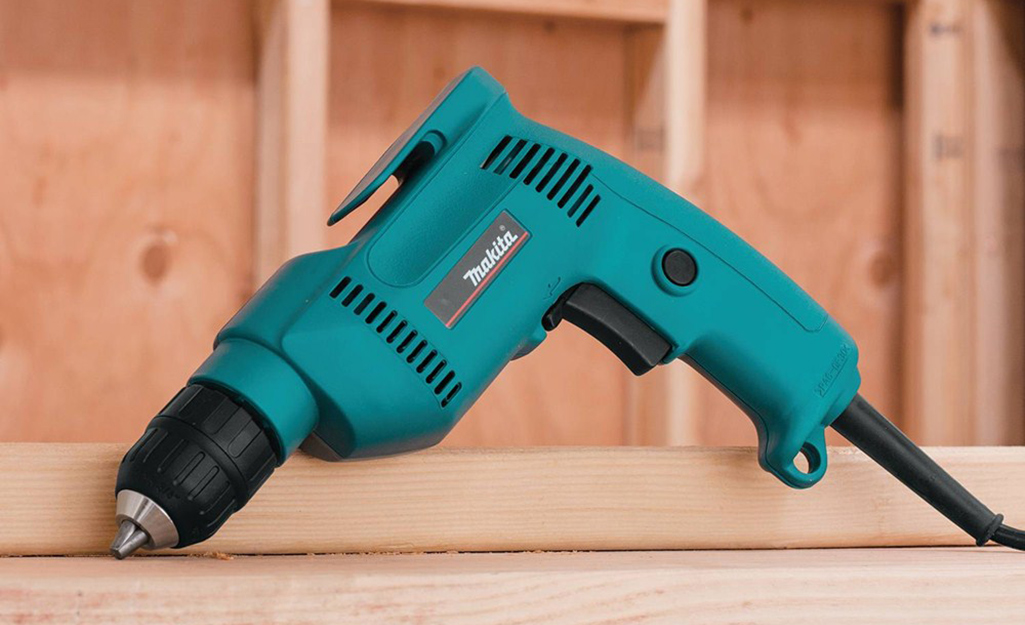
The motor is the part of a corded drill that draws electrical current and powers the movement. Drills can have either brushed or brushless motors.
A brushed motor has coils that rotate around magnets in its core. In a brushless motor, a magnetic core rotates around coils. Brushless motors tend to be more energy efficient and may outlast brushed motors. However, brushed motors are usually less expensive. For light occasional use, a power drill with a brushed motor may be all you need.
Maximum Speed
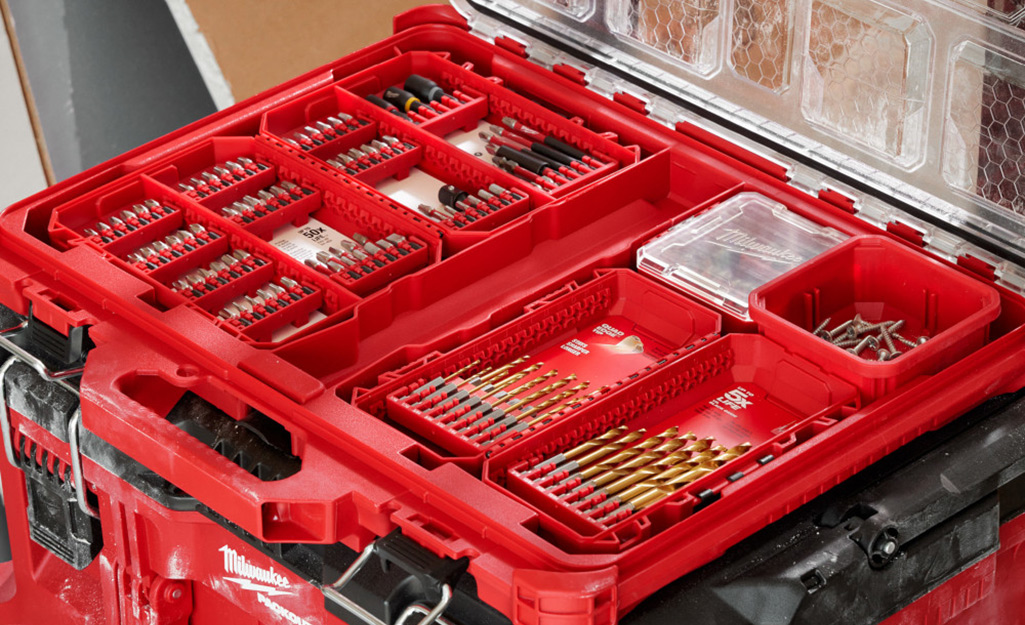
Many corded drills have variable speed settings. This means you can increase or decrease the movement speed of the bit. Manufacturers measure speed in terms of revolutions per minute or RPM. The term refers to how many times the bit makes a complete 360-degree turn per minute.
The maximum speed of corded drills varies. Models with higher maximum RPMs give you more flexibility to adjust the speed. They also deliver more power but are usually more expensive.
Safety: If your drill ever begins to feel hot, stop work immediately and allow the drill to cool.
Amperage
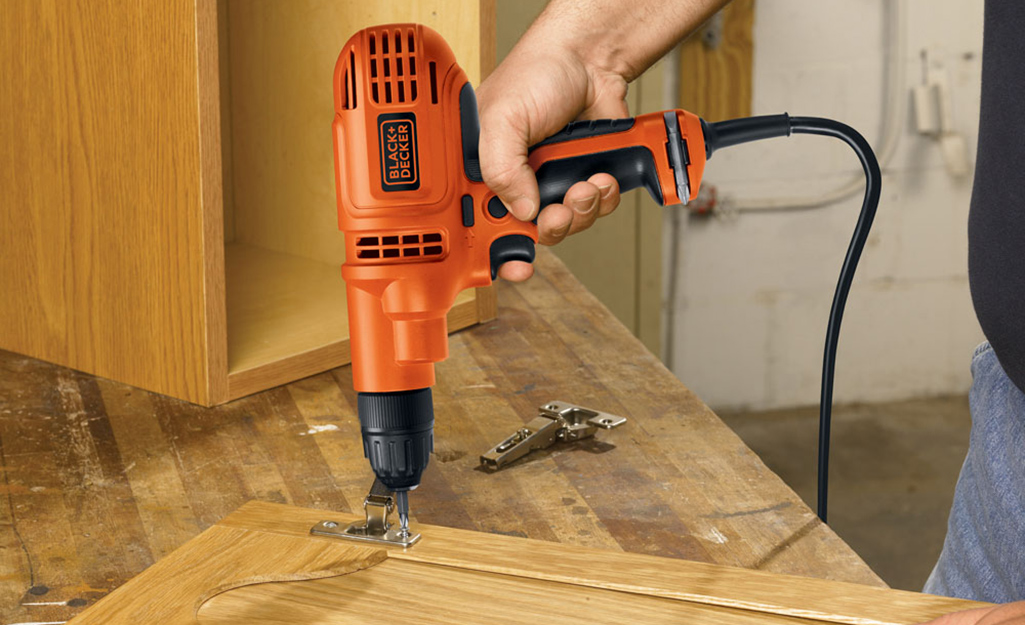
The amperage tells you how much of a load the motor of a corded drill can hold up to. Manufacturers measure it in units called amps. Generally, the greater the number of amps, the more powerful the drill.
However, a more powerful drill may only sometimes be the best choice for a job. Lower amp drills are good for softwoods boards, planks and panels, while higher amp drills are better for hardwoods and other materials like metal and concrete.
Tip: Pull the bit out of a hole regularly to clear chips, especially when drilling hard materials like maple or wet wood.
Color

Corded drills come in a variety of colors. Which one is best depends on your taste. Some people choose drills with bright neon bodies because they may be easier to see from far away.
Weight

As you compare corded drills, consider the weight. A heavier drill may cause your arms to grow tired more quickly when you’re working with your arms raised. How much a drill weighs will also affect how easy it is to carry along with your other tools and materials.
Additional Parts and Accessories
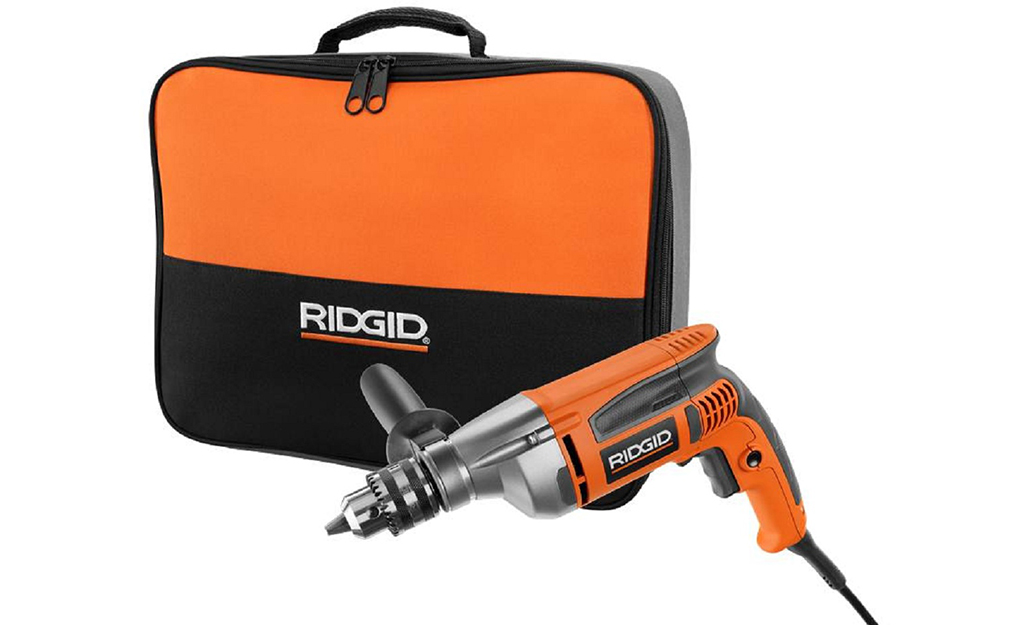
One final thing to consider when shopping for corded drills is what additional parts and accessories come with them. Manufacturers sometimes provide a tool case or tool bag for storing your drill when not in use. You can also find corded drills that come with starter bit sets.
Power Drill Operating Tips and Maintenance

Follow these tips to get the most out of your new corded drill.
- Lubricate: When drilling metal, keep the bit and metal well-lubricated with all-purpose lubricant as you go
- Go slow: Use lower torque to avoid stripping screws
- Pay attention to position: Drive at an angle that is perpendicular to the surface to ensure the fasteners are drilled straight
- Plan ahead: Stock up on spare bits when starting an important project that requires repeated use of the same bits
- Replace bits frequently: Throw out drill bits at the first sign of wear to ensure safety and effectiveness
- Extend with caution: Use an extension cord that will supply enough power to your drill without causing a drop in power that could damage the motor
Now that you know how to choose the best corded drills for your project, it’s time to shop. Think carefully about the work ahead and make a list of important features. The Home Depot delivers online orders when and where you need them.
